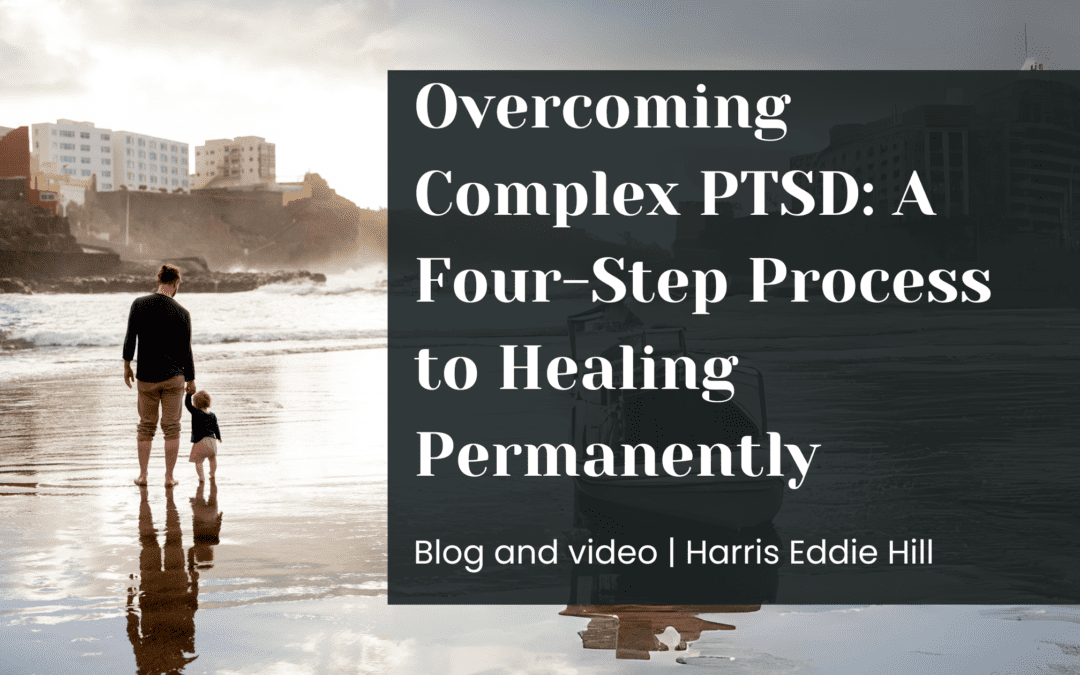Introduction
In today’s interview, we have the privilege of speaking with Harris, the founder of the Center for Childhood Trauma Healing. Harris will guide us through the four critical steps for permanently healing from complex PTSD, a condition often misunderstood and under-recognized. Complex PTSD differs from simple PTSD in its long-term impact on an individual’s emotional well-being and self-perception. Harris sheds light on the significance of emotional integration, challenging beliefs, trauma processing, and planning for a brighter future as the key pillars of healing.
Step 1: Emotional Integration and Reintegration
Harris emphasises the importance of understanding how complex PTSD changes our relationship with emotions. Survivors of long-term trauma may find certain emotions too expensive or unsafe to experience. This step focuses on stabilising emotions, creating a healthy connection with them, and, most importantly, allowing survivors to regain control over their emotional responses. Harris’s own experience with trauma highlights that even as a thriving survivor, the relationship with emotions can remain complicated.
Step 2: Challenging Beliefs
The second step involves confronting the beliefs that have been shaped by traumatic experiences. Harris encourages survivors to examine these beliefs and determine whether they are helping or hindering their recovery. While it’s not about forcing new beliefs, it’s about understanding where one stands and where they want to be. For instance, it might involve transitioning from believing that all humans are good to recognizing one’s ability to keep themselves as safe as possible, thus fostering empowerment.
Step 3: Trauma Processing
Trauma processing is a pivotal aspect of complex PTSD recovery. Harris clarifies that this isn’t merely talking through the traumatic experience but a specific process that allows the brain to process and file away traumatic memories effectively. It’s an emotional experience that can involve having a nurturing conversation with one’s younger self, helping them process what happened. The objective is to ensure that trauma, once processed, doesn’t return with the same intensity. Trauma processing can be challenging, but it is crucial in the healing journey.
Step 4: Planning for Your Future
In the final step, Harris discusses the importance of planning for the future. Having overcome complex PTSD, survivors often find themselves in a unique position where they can create a life they couldn’t have envisioned while living with trauma. This step focuses on defining the kind of life one desires, setting emotional goals, and achieving fulfilment. It involves building healthier relationships, fostering empowerment, and envisioning a future that is free from the constraints of past trauma.
Conclusion
Harris’s insights and expertise provide a comprehensive framework for understanding and overcoming complex PTSD. While these four steps are not always linear and may require revisiting, they serve as a beacon of hope for those on the path to healing. The Center for Childhood Trauma Healing offers valuable support for survivors, promoting self-trust and guiding individuals toward a brighter and healthier future. Complex PTSD is a challenging journey, but with the right approach, it is possible to emerge as a thriver after trauma.
If you’re interested in learning more or seeking assistance, don’t hesitate to reach out to Harris for a free assessment at mxharrishill.com. Harris’s compassionate and client-focused approach promises a journey of healing and transformation that can help you reclaim your life from the grips of complex PTSD.
Is it finally time for you to say goodbye to your relational trauma?
Have a conversation with me (via zoom) and let's explore your options. I'll have something to suit you, wherever you are right now.
Book a free 30-minute assessment with me on the button below.

